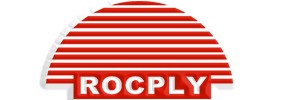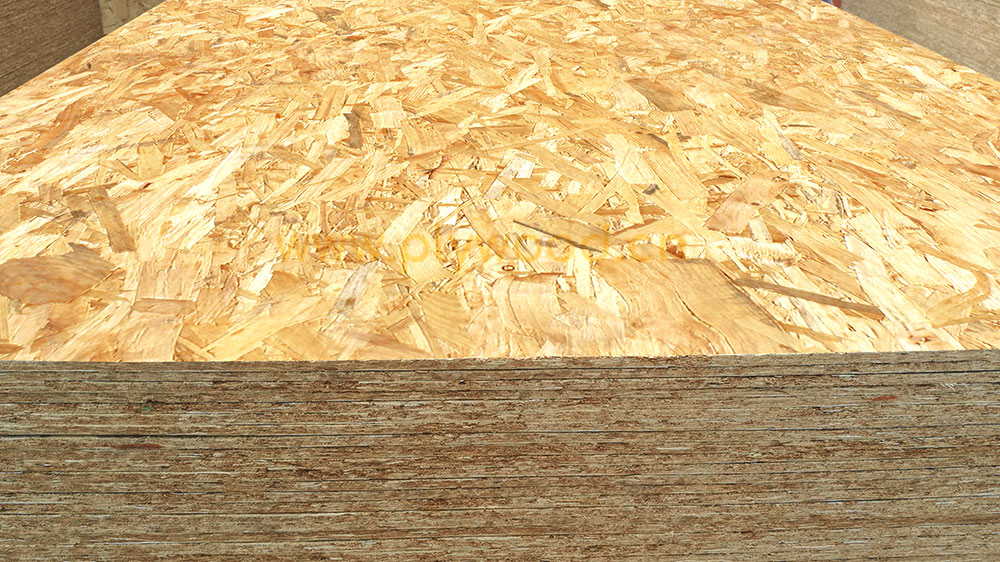What is OSB?
Oriented Strand Board (OSB) is an engineered wood particle board formed by layering flakes of wood in specific orientations. Its strength and durability make it a popular choice in construction and furniture making. While similar to plywood in application, oriented strand board boasts unique qualities, including cost-effectiveness and environmental friendliness. Its market relevance is evident in the steady OSB share price and the demand for specific dimensions like the O S B board 18mm.
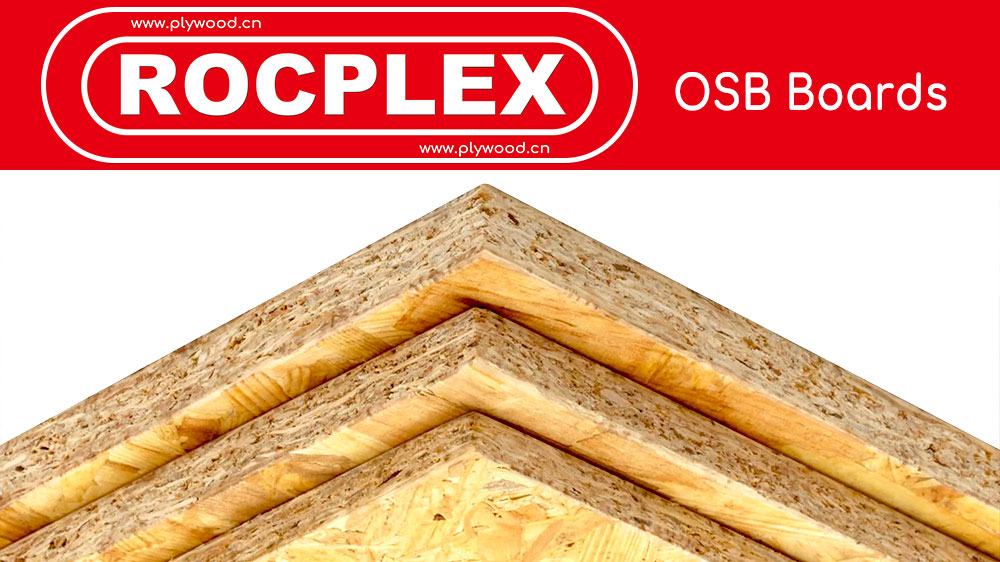
The Rising Popularity of OSB in Construction
OSB Board 18mm: The Preferred Choice for Builders
OSB has become a go-to material for builders and DIY enthusiasts alike. Its optimal thickness, particularly the 18mm variant, offers robustness essential for structural applications. This thickness balances strength and flexibility, making it suitable for flooring, roofing, and wall sheathing. The demand for OSB board 18mm is a testament to its utility in providing reliable and cost-effective solutions in construction.
Environmental Impact and Sustainability
OSB stands out for its eco-friendly production process. Manufactured from fast-growing and lesser-used species of trees, it contributes to forest sustainability. The production process of oriented strand board, including the popular 18mm boards, involves lower emissions compared to other wood products, aligning with the growing global emphasis on sustainable construction materials.
Market Dynamics and Investment Opportunities
Understanding O S B Share Price Fluctuations
The share price of OSB is a reflection of its market demand and economic factors influencing the construction industry. Investors and analysts closely monitor the O S B share price, as it serves as an indicator of broader market trends, especially in the housing and construction sectors. The fluctuating prices offer insights into supply and demand dynamics, making oriented strand board a significant subject in investment discussions.
Chipboard and OSB: A Comparative Analysis
Chipboard is another engineered wood product often compared with O S B. While both are used in similar applications, they differ in strength, moisture resistance, and price points. OSB generally offers greater structural integrity, making it a preferred choice for more demanding construction tasks. The nuanced differences between chipboard and oriented strand board highlight the importance of choosing the right material for specific project needs.
Technological Advancements in OSB Production
Innovations in Manufacturing
The OSB industry has seen significant technological advancements, enhancing the quality and versatility of products like the O S B board 18mm. Modern manufacturing techniques have improved the strength-to-weight ratio of oriented strand board, making it lighter yet stronger. These innovations are not just technical triumphs; they also contribute to cost-efficiency and sustainability, factors that positively influence the O S B share price.
The Role of Technology in Customization
Customization has become a key differentiator in the O.S.B. market. With advanced technology, manufacturers can now produce O S B in various sizes and strengths, tailored to specific industry needs. This adaptability has expanded the use of oriented strand board beyond traditional construction, into areas like furniture design and even artistic installations.
OSB in Interior Design and Architecture
Aesthetic Appeal and Functional Versatility
OSB’s unique texture and appearance have caught the attention of interior designers and architects. Beyond its structural capabilities, the aesthetic appeal of O.S.B., especially in variants like the O S B board 18mm, has led to its use in visible interior elements like flooring, wall cladding, and furniture. This trend not only showcases OSB’s versatility but also influences consumer perception and, consequently, the OSB share price.
Eco-friendly and Cost-effective Design Solutions
With a growing focus on sustainable and affordable design, oriented strand board is becoming a material of choice for eco-conscious projects. Its production, which utilizes wood chips and flakes, reduces waste and makes use of lesser-valued wood. This environmental advantage, coupled with its cost-effectiveness, positions OSB as a favorable option in green building initiatives.
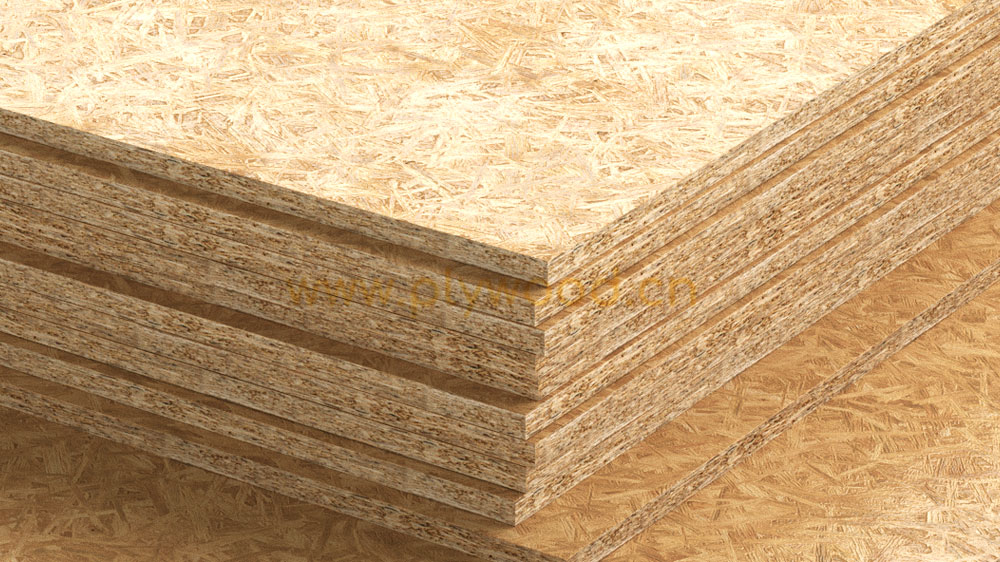
The Global Market and Economic Factors
Regional Variations in OSB Usage
The use and popularity of O S B, including specific types like the O S B board 18mm, vary across different regions. In North America, for instance, oriented strand board is widely used in residential construction, while in Europe, its applications extend to commercial projects. Understanding these regional preferences is crucial for market players and investors monitoring the O S B share price.
Impact of Economic Trends on OSB
The OSB market is influenced by global economic factors such as housing market trends, construction industry growth, and environmental regulations. Economic downturns can lead to decreased demand, affecting the oriented strand board, while booms in the construction sector can drive up both demand and price. Keeping an eye on these trends helps in predicting market movements and understanding the investment potential of O S B.
Challenges and Opportunities in the OSB Industry
Navigating Supply Chain Complexities
The oriented strand board industry, including the production and distribution of O S B board 18mm, faces challenges in supply chain management. Fluctuations in raw material availability, transportation costs, and global trade policies can impact production costs and delivery timelines. Efficient supply chain strategies are essential to maintain the balance between demand and supply, ultimately affecting the O S B share price.
Exploring New Markets and Applications
There is a growing opportunity for OSB in emerging markets and novel applications. Innovation in product development, such as moisture-resistant and fire-retardant OSB, opens new avenues for usage in diverse environments. Expanding the application range of oriented strand board, from traditional construction to innovative uses in furniture and design, can lead to a broader market base and potentially enhance the O S B share price.
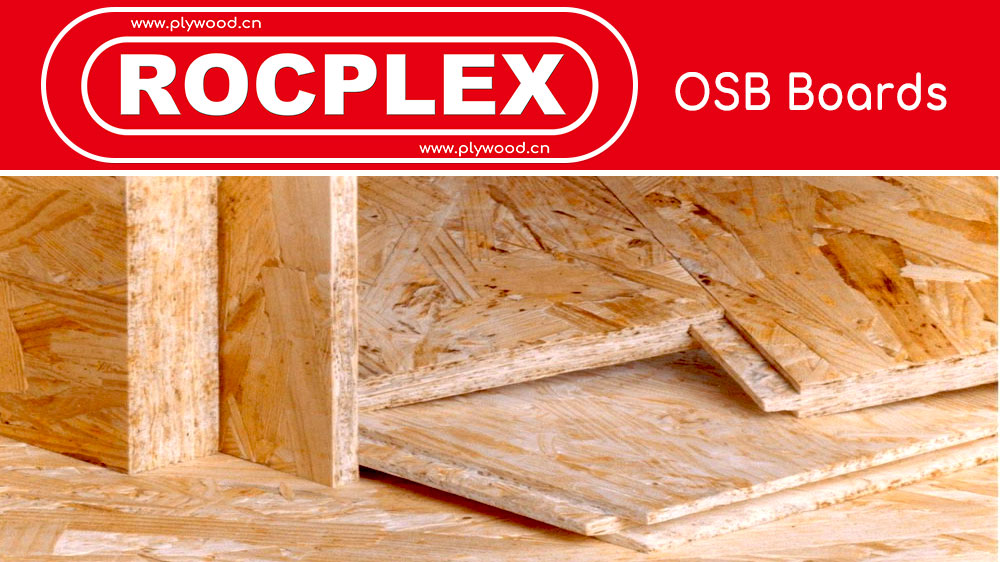
The Future of OSB: Trends and Predictions
Technological Integration and Smart O S B Solutions
The future of oriented strand board may see the integration of smart technologies. Imagine OSB boards equipped with sensors to monitor structural integrity or to enhance energy efficiency in buildings. Such advancements could redefine the use of oriented strand board, particularly in smart and sustainable construction.
Sustainability and Green Building Standards
As the world moves towards more sustainable building practices, O.S.B. is well-positioned to play a significant role. The use of oriented strand board, especially eco-friendly variants like OSB board 18mm, aligns with green building standards. Its ability to reduce environmental impact while providing durable and versatile building solutions makes it an attractive option for future construction projects.
OSB FAQs (Frequently Asked Questions)
Is OSB better than plywood?
OSB and plywood have different strengths. O S B offers better uniformity and is generally more cost-effective, while plywood is known for its strength and moisture resistance. The choice depends on the specific requirements of the project.
What is OSB mainly used for?
O.S.B. is widely used in construction for wall sheathing, flooring, and roofing. It is also used in furniture making and as a substrate in various applications.
Why is OSB so good?
O S B is valued for its strength, uniformity, and cost-effectiveness. Its versatility and eco-friendly production process also add to its appeal.
Is OSB stronger than MDF?
OSB is typically stronger and more moisture-resistant than MDF, making it suitable for structural applications where strength is a priority.
A Vision of Strength and Sustainability
In summary, OSB, particularly types like the oriented strand board 18mm, stands at the forefront of material innovation in the construction and design industries. Its growing popularity, mirrored in the oriented strand board share price, is a testament to its versatility, sustainability, and adaptability to market needs. The future of oriented strand board looks bright, with potential expansions in technology and green building practices. As we continue to explore and innovate, oriented strand board is poised to play a pivotal role in shaping the landscapes of construction and design.
Post time: Jan-05-2024
